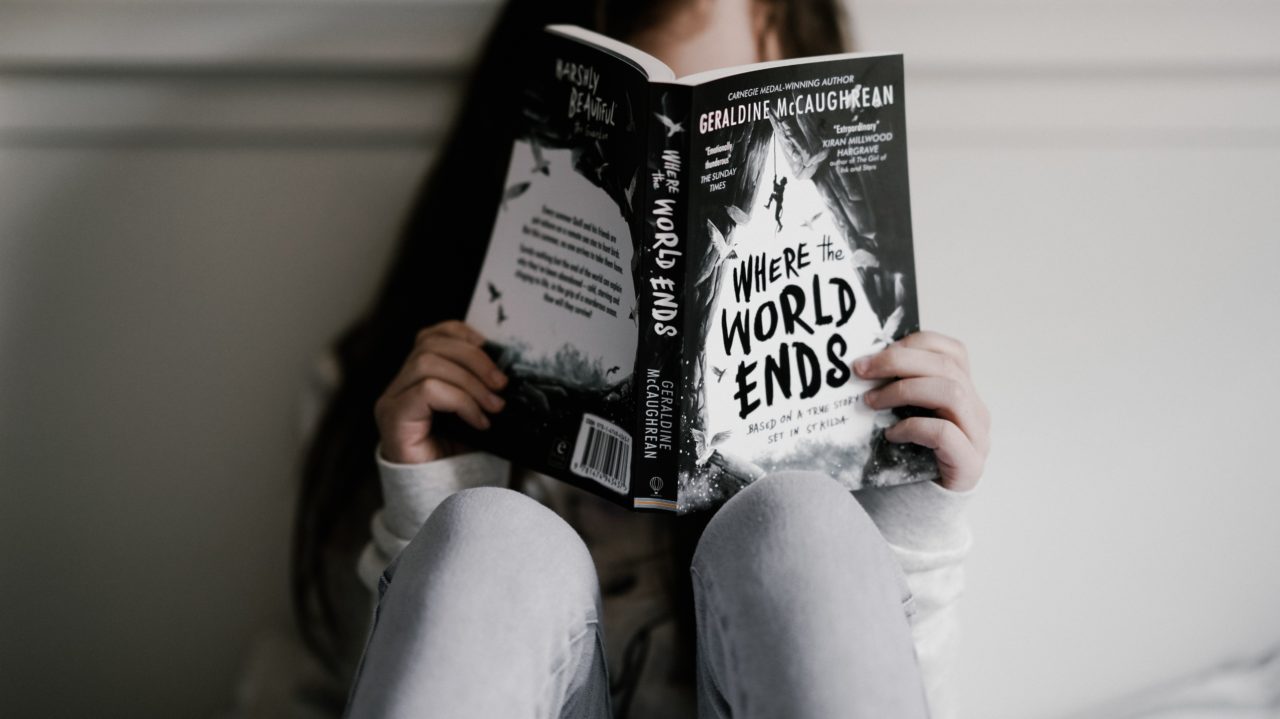Having completed my second year of Primary Teaching in May – I finished the year exhausted but enlightened in equal measure. Though I welcomed summer with open arms, I promised myself to use this time off productively. Not in the – get up, go to the gym every morning and bake a cake kind of production; that wouldn’t happen if I had the next 3 years off. Productivity for me in this respect, meant that I’d take my experiences from placement (both good and the inevitable bad) and move them onto the next step. Whether this meant doing online courses to better my professional development, become more aware of what was ‘cool’ in the world of a child, or simply become better at time keeping – I made a vow to myself that I’d start third year as a more refined version of myself.
My placement had provided me with a multitude of experiences that humbled me and concerned me all the same. The school I attended was based in the East End of Glasgow. This area is renowned for its poverty and low life expectancy. Though perhaps shocking to some; it’s a scene that I’m all too familiar with. I grew up on a council estate in Livingston, attended a school that looked more tired and aged than most teachers after a term and didn’t bat an eyelid at the vast deprivation surrounding me. My life experience enabled me to embrace a lot of the situations that occurred throughout my time spent here, but there were some aspects that were far too bitter a pill to swallow.
Despite the school being based in an area of low academia and wealth; the school itself was filled to the brim with exciting and engaging resources. There was even a library within the school which every class visited several times a week. However, having access to a plentiful supply of computers, books, pencils and other materials was a distant memory for most children when they returned home at night. For most of the pupils in the class, they were underperforming massively – particularly with reading.
Though children had the freedom to take books from the library, the whole experience seemed stale. The time spent in the library was limited and children seldom had time to sit and read a few pages to gage whether or not they enjoyed the book they were picking or not. Instead, they were cattle prodded into a small space, timed and then re-lined before mooing their way back to the classroom.
Classes were also given complete free reign of the library; and as much as I’m an advocate for pupil choice and voice – the pressure of finding a text in a limited time span meant that most of the younger children based their desire to read a book on the cover alone. More often than not children would leave with books that were far too advanced for them; or so beneath their ability it was somewhat painful for everyone involved. So, when they returned home at night and realised that they couldn’t read the book – and often don’t have anyone to read to them, it resulted in most children not reading at all.
Although it was great the school had a library – the children weren’t able to engage with it in the most exciting way. However, the reality for most children in this area is that they don’t even have the opportunity to engage with books, period. Part of my summer promise of productivity to myself resulted in me designing a way to overcome the scenario of overwhelmed children, confined spaces and too many books (or none at all) in my upcoming placements and my future class. So, I created (and am actively creating) a moving library.

To kick start my idea, I initially bought books from local charity shops. The texts were normally priced from 25p to £1; so, it was an incredibly low budget way of enabling my concept to become a reality. Once I had well and truly rinsed these shops of all children’s novels, I found myself hitting a brick wall. I’m a student, so buying books full price at this point in time wasn’t an option for me – so, what next? I wanted to keep my creative ball rolling rather than the growth of my idea being stunted so prematurely.
I turned to Twitter and asked for ideas and was contacted by one of my tutors at University, Amanda Corrigan. Amanda, wisely, suggested that I join local community pages on Facebook and make an appeal asking for donations of children’s books. I did exactly that, and before I knew it, I received 10 books from a local mother and even more from friends back home. This enabled me to carry my total book count to over 60.

For every book I bought, the inner page was labelled with my name. For every book that was donated, the inner page was labelled with the name of the donor. I thought this would give the books more depth, and another story to tell on top of the one written by the author. I wanted the donors to truly feel the extent of my appreciation, and I couldn’t think of a better way than allowing their name to be carried on in the teachings and educating of future generations.
So, I now had the book aspect of my library… But what about the moving part? There was just something so dully unappealing about transporting books from home to placement in a backpack. I wanted to avoid making the experience a child has with books mundane – I wanted it to be magic, so magic is what I sought after. I looked online and managed to buy a beautiful wicker case from eBay for £15 – my heart felt full, but not as full as this case was going to be.

The books I found myself buying and being donated were somewhat dated. I wanted to break the cycle of being “that” teacher with a limited knowledge of children’s authors. I joined the Primary School Book Club on Twitter. Each month, a children’s book is voted for and is made the ‘read of the month’. The author provides a Q&A session and sometimes lessons plans about how the book can be used in a classroom setting. Every book is roughly £5, and with it only being 1 book a month the expenditure is never too high. By joining this club, I’ve managed to allow myself to become a lot more ‘current’ in children’s literature which is invaluable knowledge to have in a classroom.
I am now able to transport various novels into a classroom that may not have a school library. I can set up reading sessions with children who may not have access to books at home; and tailor the books in the case to suit what is appropriate but engaging for them. I hope for the whole experience to be something full of excitement – a, “what will be in the Miss Mushet’s suitcase today?” moment. If I feel a child is too drawn to a book for its cover alone, I plan to wrap several books up in brown paper and write out the blurb on the back. This means the child will pick the book solely based on what it’s about.
In less than 3 months, I now have a well-established system in place that I can take into my next placement come November. Of course, I don’t imagine it will all be plain sailing – but nothing that’s worth doing ever is. I’m in a position where I’m willing to bounce back from the obstacles my next placements have in store for me. Although I’m there to teach, I’m also there to learn – and I simply can’t wait to see what lessons third year has in store for me.










